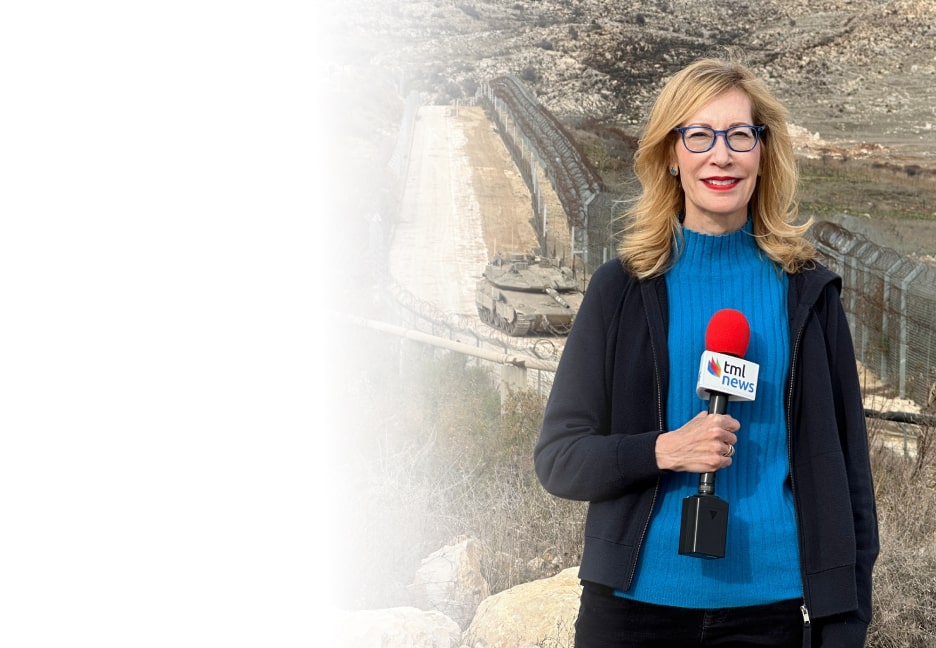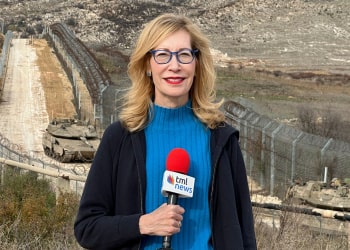A groundbreaking study conducted by IDI Researcher Gabriel Gordon has revealed that a notable portion of ultra-Orthodox (Haredi) yeshiva students are participating in the workforce despite legal prohibitions. The study, which draws on administrative data from 2022, highlights a surprising trend of work engagement among students who are legally committed to full-time religious studies in lieu of military service.
Under current Israeli law, Haredi men studying in yeshivas to defer their military service must sign an affidavit with the Ministry of Defense. This affidavit binds them to full-time Torah study and explicitly prohibits them from engaging in employment until they reach 22 years of age. Post-22, they are permitted to work provided they are married and that their employment does not conflict with their mandated 45 weekly hours of study (or 40 hours for those in kollel, a type of yeshiva for married men).
Despite these strict regulations, Gordon’s research found that as many as 8% of 18-year-old yeshiva students were employed on a monthly basis, with 20% working at some point during the year. These figures grow with age: by 21, 36% had been employed within the year, and by the age of 25, about one-third were actively participating in the labor market each month, with 45% having worked at least once over the year.
This holiday season, give to:
Truth and understanding
The Media Line's intrepid correspondents are in Israel, Gaza, Lebanon, Syria and Pakistan providing first-person reporting.
They all said they cover it.
We see it.
We report with just one agenda: the truth.


“This study sheds light on the complex relationship between religious obligations and economic activity among young Haredi men,” Gordon explained. “Even though these students are officially prohibited from working until age 22, and thereafter only under specific conditions, we see a significant portion engaging in the workforce, including during the ages when such activity is strictly forbidden.”
More on the broader implications of Haredi demographic changes in Israel [3]